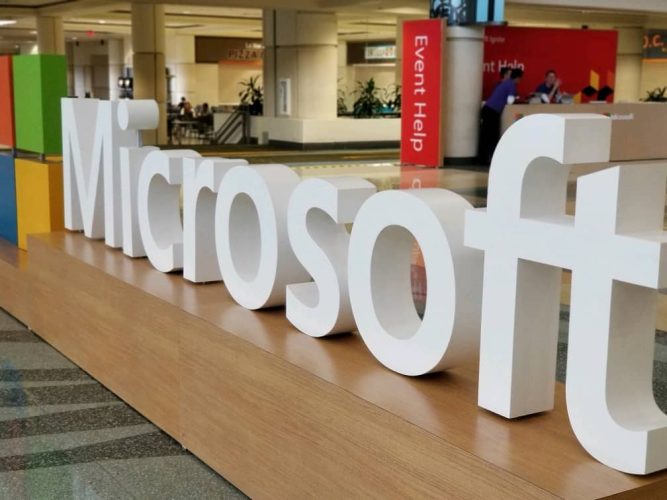Microsoft introduces a Robot Operating System for Windows as part of IoT push
3 min. read
Published on
Read our disclosure page to find out how can you help Windows Report sustain the editorial team Read more

Microsoft’s been in the Internet of Things business since the release of Windows IoT a few years ago. Today is no exception, as the Redmond giant has expanded their horizon of services with the release of Robot Operating System, an open source set of tools and libraries for building robots, for Windows. Microsoft plans to brings the new software to robotic devices, such as those used in factories for manufacturing, and even for consumer products, such as automated floor vacuums.
Robots aren’t new for Microsoft, but their integration with ROS software is expected to innovate the complex machinery for manufacturing, as well as well as connected systems used governments and academics. These organizations are investing in what is known as “Industry 4.0” which refers to the next generation of manufacturing, according to Microsoft.
For those of you who are unfamiliar with the Internet of Things, it refers to the connected technology that makes smart home appliances and devices like Philips Hue bulbs, smart televisions, and connected speakers so “smart.” These devices are able to communicate with each other, for example, when you use a Harmon Kardon Invoke with Cortana or another smart speaker to turn off the lights or control the volume on your TV. Smart robots are another example, such as internet-connected floor vacumns.
Internet of Things not only refers to simply consumer products, but also the more complex connected machines and robots used in manufacturing. These devices need to be able to communicate not just with each other, but also must be able to sense the world around them using special sensors.
Microsoft has the perfect example of smart robots, which they showcased at the ROSCon 2018 event, located in Madrid, Spain. At the event, the tech giant demonstrated the ROBOTIS Turtlebot 3, a robot capable recognizing and steering towards whichever person is detected as being the closest in proximity.
In another example, Microsoft showed off many smaller robotic devices capable of controlling an orchestra system. This system of devices is powered though Microsoft’s cloud server Azure, which is built for enterprises which lease resources from the service to power applications through the cloud. This system is controlled though Azure’s IoT Hub.
With this new software, Microsoft should bring advanced capabilities to make manufacturing efficient and effective. Do you believe Microsoft’s integration with ROS software to will innovate the next generation of manufacturing? Show us your thoughts and discussions in the comments below.
(updated for clarity 10/9/2018)








